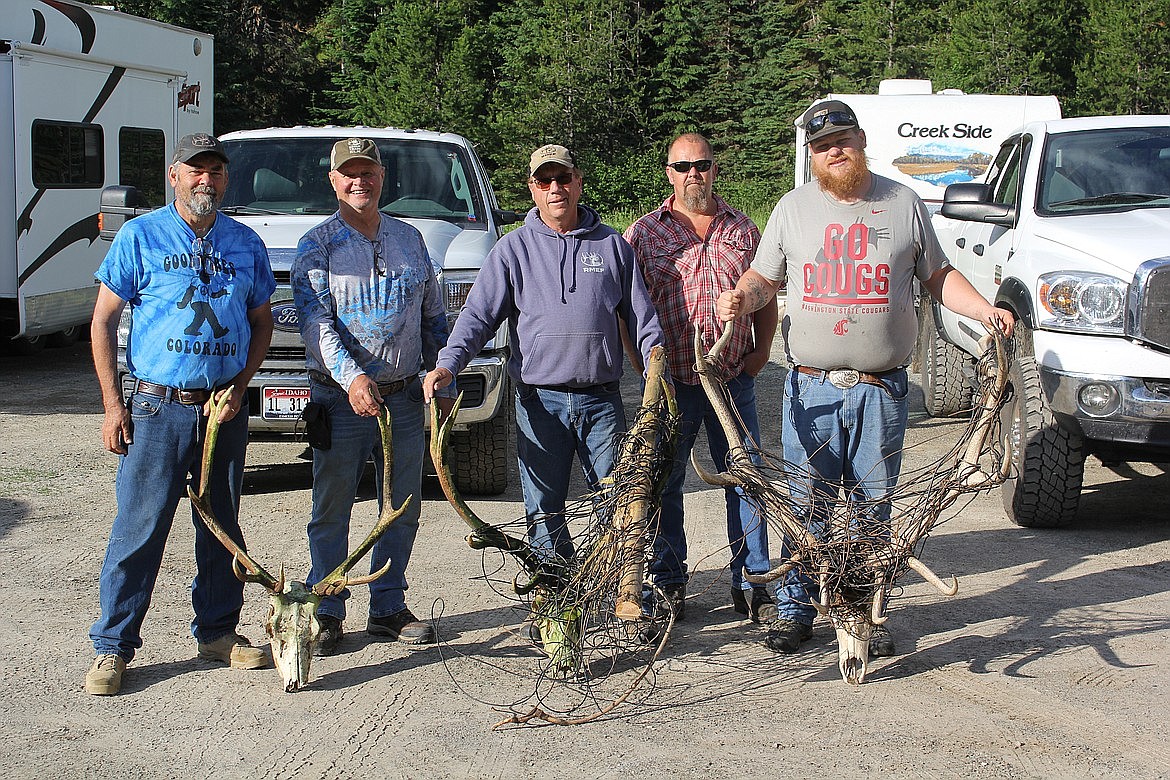Hunters help clear abandoned wire in Montana elk country
Plastics are destroying aquatic life in the oceans. Wind turbines are killing bats and birds that fly into them. And vacated wire is causing slow, painful deaths for elk on the Idaho-Montana state line...
Support Local News
You have read all of your free articles this month. Select a plan below to start your subscription today.
Already a subscriber? Login
Daily Inter Lake - everything
Print delivery, e-edition and unlimited website access
- $26.24 per month
Daily Inter Lake - unlimited website access
- $9.95 per month

